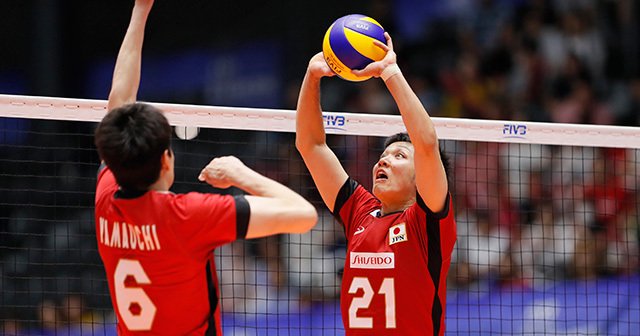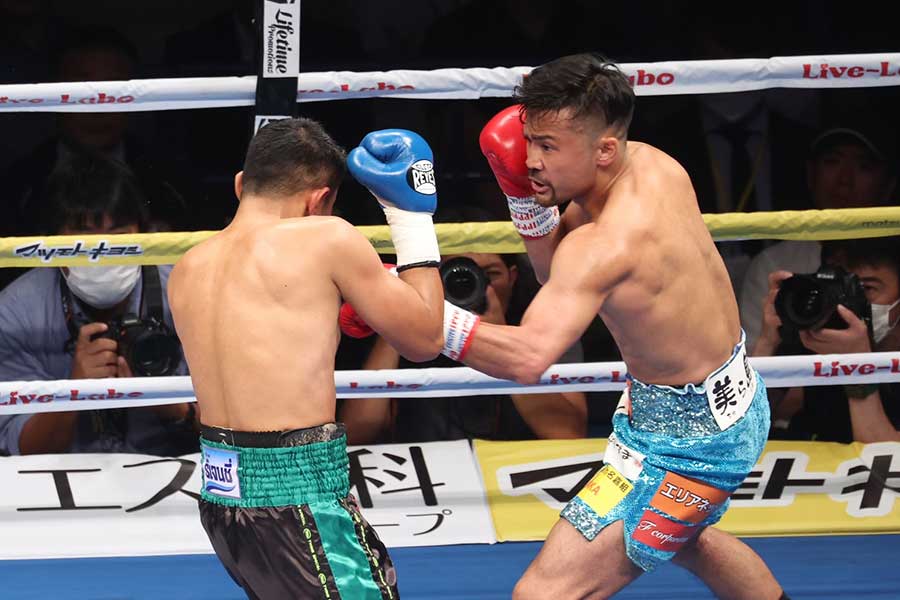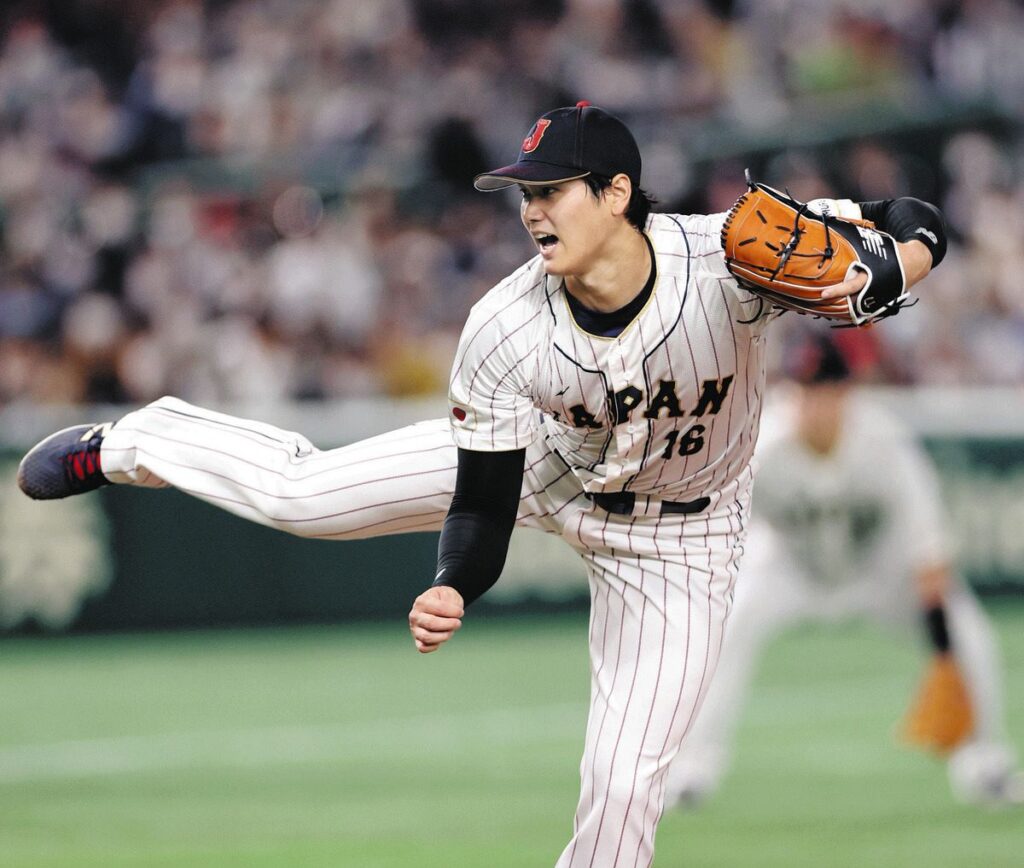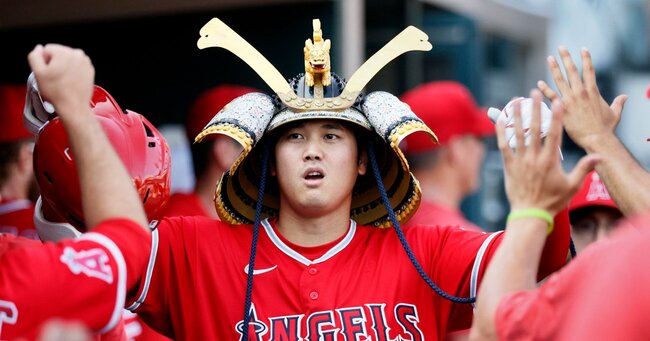
Kendo is more than just a martial art; it is a traditional Japanese culture where the spirit is refined through its practice.
There is a wide variety of Kendo training menus for everyone from beginners to advanced players, and it is possible to improve the skills and physical strength required at each stage.
In this article, we will explain the Kendo training menu step by step from beginner to advanced, and provide training methods suitable for each level.
Through this guide, you will learn not only about Kendo techniques, but also about the mental attitude and effective way to practice.
I hope that swordsmen of all levels will find this article helpful in their daily training.
Let’s explore the deep world of Kendo together and hone your skills and spirit.
目次
- 1 Introduction: The importance of the Kendo training menu
- 2 Basic training menu and its purpose
- 3 Practice menu for beginners
- 4 Training reinforcement menu for intermediate players
- 5 Advanced training menu for advanced players
- 6 Special practice: Pre-game preparation and mental management
- 7 Review of practice and self-evaluation
- 8 Summary: Looking back at the entire Kendo training
Kendo practice is important not only to hone your technique, but also to improve your spirituality.
Kendo, as it is called a “do,” is something that one continues to learn throughout one’s life, and daily practice is the foundation.
The significance of Kendo practice
Kendo practice not only improves your technique, but also provides an opportunity to face your inner self.
By striving to learn the correct way to hit and learn techniques, concentration and patience will naturally be cultivated, and harmony between mind and body will be achieved.
In addition, the flow of the practice, which begins and ends with bow, is useful for learning politeness and humility in daily life.
Mindset for effective practice
When practicing kendo, it is important to give meaning and purpose to each swing, rather than just repeating techniques.
Before starting practice, we recommend that you clarify your goals for the day and take some time to reflect on yourself.
Also, through training with masters and senior swordsmen, taking the instruction seriously and making it your own is the shortcut to growth.
You must always remember to self-reflect and be prepared to work seriously on your training day by day.
By having these mindsets, your Kendo training will become deeper and you will be able to grow not only as a technique but also as a person.

The basic training menu for Kendo includes important elements that form the basis for improving technique.
These exercises are necessary to build the foundation of physical strength and acquire the correct posture and movements for practicing Kendo.
Warm-up method to increase basic physical strength
Proper warm-up is very important before starting Kendo training.
Keeping your body warm will reduce the risk of injury and help you get the most out of your training.
A basic warm-up includes jogging and stretching.
In particular, by stretching your legs and hips, you can improve the flexibility and strength necessary for the movements unique to Kendo.
Light weight training to develop basic physical strength is also effective.
Basic exercises for correct posture and foot techniques
Correct posture is very important in Kendo.
Correctly maintaining the basic stance, “Basic Standing” (Basic Posture), determines the accuracy and effectiveness of all techniques.
Posture practice includes checking your posture in the mirror and receiving direct feedback from your instructor.
In addition, when practicing foot techniques, students learn techniques such as “sliding foot” and “jumping foot”.
These foot techniques are necessary to quickly and effectively close the distance to your opponent, and it is important to be aware of which parts of your body are not moving through continuous practice.
By practicing these basic training menus on a daily basis, you will not only improve your Kendo techniques, but also maintain the harmony and health of your entire body.

For beginners who have just started Kendo, learning the basic techniques and how to practice safely is extremely important.
The training menu for beginners is designed to help you firmly understand the basics of Kendo and learn techniques in the appropriate form.
Basic techniques and practice methods that beginners should learn
Beginners to Kendo generally start with “basic techniques.”
This includes basic striking techniques such as men-uchi, kote-uchi, and doro-uchi.
These techniques form the basis for learning how to strike and handle the sword correctly.
As for the practice method, it is important to first memorize the forms correctly, and under the direct guidance of a master or senior, the movements are repeated slowly in pursuit of accuracy.
It is also important to learn the sensation of actual strikes by wearing sword tools.
Points for safely practicing
Ensuring safety is extremely important when practicing Kendo, especially at the beginner stage. You should pay attention to the following points when practicing:
-
Use proper equipment : It is necessary to wear the correct size Kendo uniform and protective gear to protect your body. Protective gear is especially important to protect the head, hands, and torso from blows.
-
Precise execution of techniques : Beginners can reduce the risk of injury by performing techniques big and clear. It may seem like an exaggeration, but the purpose is to lay the foundation for correct movement.
-
Thorough physical condition management : Proper warming up and cooling down before and after practice will prevent muscle and joint injuries. It is also important to stay hydrated and try to maintain your physical strength.
-
Follow your instructor’s instructions : It is important to follow your instructor’s and senior’s instructions and avoid forcing yourself to make movements. Rather than attempting difficult techniques on your own, you should learn them step by step.
By practicing while paying attention to these points, beginners can learn the basics of Kendo safely and effectively.

Intermediate players are required to master more complex and advanced techniques in addition to basic Kendo techniques.
At this stage, you can further refine your technique by incorporating effective practice methods.
What is efficient typing practice?
When practicing hitting for intermediate players, it is important to give meaning to each hit, rather than just hitting it many times. It is a good idea to type efficiently by paying attention to the following points:
- Goal setting : Before practice, clearly set the points to focus on that day. For example, it is important to have specific goals for improving your technique, such as thoroughly practicing “one side”.
- High-quality blows : For each blow, it is necessary to be conscious of how to strike accurately, and to avoid wasting unnecessary force while making sharp movements. This can be helped by staying relaxed and mentally focused.
- Utilize feedback : It is important to actively seek feedback from instructors and seniors and put into practice their advice to improve the quality of your practice.
Practicing applied techniques using bamboo swords
For intermediate players to aim to improve, practicing applied techniques using the Shinai is essential. The following applied techniques will help improve your intermediate level:
- Practicing irregular techniques : In addition to regular batting techniques, you will practice irregular batting techniques and techniques to confuse your opponent. This includes incorporating changes in techniques depending on the opponent’s movements, such as kote gaeshi and dōgaeshi.
- Managing your distance : In Kendo, the technique of controlling your distance with your opponent is extremely important. By practicing this technique, you will be able to read the flow of battle and strike from advantageous positions.
- How to apply pressure : Practice how to apply appropriate pressure on your opponent. This allows you to limit your opponent’s movement and create opportunities for attack.
Through these exercises, intermediate players can improve their technical accuracy and deepen their tactical understanding.
These applied exercises are essential in order to challenge the depth of Kendo and achieve growth both technically and spiritually.

Kendo training for advanced students is designed to further improve their technique and develop their mental maturity.
By combining advanced technology and strategic thinking, you will develop the ability to respond calmly and effectively in actual combat.
Training for advanced players requires a deep understanding and refinement of each technique. We aim to improve our technology in the following ways:
- Acquisition of advanced batting techniques : Learn more complex and advanced batting techniques to maximize the accuracy of your techniques. For example, practice by incorporating movements that go against your opponent’s expectations, such as continuous moves or surprising strikes.
- Improving reaction speed : Using interpersonal practice and special drills that require reaction, we train you to quickly switch between attack and defense. This includes training that simultaneously trains instantaneous judgment and physical reaction speed.
- Variety of practice : Always practice in new situations and under unusual conditions to test your ability to adapt. Through this, you will acquire the ability to select and execute the optimal technique under any situation.
Tips and strategies for interpersonal training
In-person training is a core part of training for advanced players, and is where strategic depth and spiritual maturity are tested. Practice the following principles and strategies:
- Mastering distance and timing : Refine your skills to freely manipulate your distance with your opponent and launch attacks at advantageous timing. This requires the insight to read the opponent’s movements and the ability to make instant decisions.
- Operation of psychological warfare : Detect the opponent’s intentions and adopt strategies that exploit that psychology. In Kendo matches, it is important to use not only the body but also the mind, and disrupting the opponent’s concentration can also lead to victory.
- Continuous improvement and evaluation : Through interpersonal training, we understand our own strengths and weaknesses, and based on that we formulate and continuously implement improvement measures. In addition, students actively seek feedback from other advanced students and instructors to review their own techniques and strategies.
By practicing these training menus, advanced kendo players can achieve further growth not only in the technical aspects of Kendo, but also in the spiritual aspects.

Special practice: Pre-game preparation and mental management
Before a Kendo match, it is very important not only to adjust your physical condition and technique, but also to prepare mentally.
Maintaining a proper mental state will greatly improve your performance during a match.
How to adjust before the tournament
Before a match, the following preparation techniques can be effective:
- Check and revise technique : In the weeks leading up to the match, review technical details and make any necessary adjustments. It is important to focus on techniques that you are particularly good at or use frequently, and to maximize their accuracy.
- Conditioning : Incorporate appropriate training and rest to maintain optimal physical strength and condition. Avoid over-training to ensure your body is in peak condition for the competition.
- Equipment Check : Check in advance that the sword tools used in the match are functioning properly, and prepare new equipment or make adjustments as necessary. It is important to prepare your equipment perfectly so that you can participate in the match with peace of mind.
Techniques to increase mental concentration
Your performance in a match is highly dependent on your mental state, so it is essential to learn techniques to improve your mental concentration:
- Breathing techniques : Use deep breathing and meditation to calm your mind and improve your concentration. Before a game, spend a few minutes in a quiet place, close your eyes, and take deep breaths to prepare yourself mentally.
- Visualization : Visualizing the match in your mind will help you feel less anxious and more confident about the actual match. Replay the image of success over and over in your head and make it a reality.
- Positive autosuggestion : Use autosuggestions to instill confidence. Going into a match with the belief that you will succeed will actually improve your performance. It is helpful to mentally repeat positive phrases such as “I am ready” or “I will give my best performance in this match.”
Through these preparations and techniques, it is possible to optimally condition both body and mind before a Kendo match.
This will greatly improve your performance during matches and also give you mental stability.

Review of practice and self-evaluation
Regular review and self-evaluation are very important in Kendo practice to ensure personal growth and improvement.
Learning how to receive appropriate feedback and self-evaluation will not only improve your technical skills, but also promote your spiritual growth.
How to receive effective feedback
Feedback from others is extremely valuable when practicing Kendo. To receive effective feedback, keep the following in mind:
- Be open : It’s important to be ready to accept criticism. Start by being open to all opinions without getting defensive.
- Ask specific questions : It’s more helpful to ask for specific feedback on which techniques or movements you need to improve. By asking specific questions, you can understand more detailed improvements.
- Put it into action : It is important to translate the feedback you receive into a concrete action plan and put it into practice during practice. By making a plan and putting it into action, feedback will lead to technical improvement.
Self-assessment method for continuous improvement
Self-evaluation is an essential process for continually improving your Kendo skills. You may want to consider the following methods:
- Regular goal setting : Set short-term and long-term goals and self-evaluate as you progress toward them. You can visualize your progress by checking regularly to see if your goals have been achieved.
- Use a diary or training log : By recording what you practice daily, what you feel, and what you’ve improved on, you can specifically track your growth. By looking back, it becomes clear what progress was made and what was missing.
- Video analysis : By recording videos of practices and matches and watching them later, you can objectively evaluate the accuracy of your own movements and techniques. In particular, by visually checking the areas that need improvement, it becomes easier to formulate specific improvement measures.
By continuing to use these self-assessment methods, you will be able to promote your own growth in Kendo and aim for not only technical improvement but also mental maturity.

Summary: Looking back at the entire Kendo training
Practicing Kendo is not just a process of improving one’s technique, but also of harmonizing mind, technique, and body, and aiming for spiritual growth.
Through this article, we have introduced training menus for each level of Kendo and explained important points at each stage.
Here’s some advice to help you get the most out of your training and improve your skills over the long term.
Tips to get the most out of your training
To get the most out of your Kendo training, the following tips will help:
- Consistent practice schedule : Regular and consistent practice leads to steady improvement in technique. It’s important to practice, whether it’s daily or regularly for short periods of time.
- Goal setting : By setting clear goals and making concrete plans to achieve them, you can maintain motivation and practice efficiently.
- Introducing a variety of training methods : By incorporating different training methods and techniques, you will be able to continue practicing without getting bored, and you can expect to improve your skills in more ways than one.
Advice for long-term skill improvement
Skill improvement in Kendo is a long-term process. The following advice will help you on your journey:
- Implementing mental training : Kendo should not only train physical skills, but also mental strength at the same time. Regular mental training will help you stay calm during matches and tough situations.
- Learning from experience : It is important to not be afraid of mistakes in games and practices and learn from them. Accepting failure as an experience and applying what you learn from it to your next success will lead to growth.
- Thorough health management : A healthy body is essential for continuous Kendo practice. Proper nutrition, adequate rest, and moderate physical training will maintain the quality of your practice and prevent injuries.
Kendo is a martial art that you can continue to learn throughout your life, with new discoveries and challenges at each stage.
By making use of these tips and advice and practicing hard every day, you will be able to deepen your knowledge of Kendo and grow not only as a technique but also as a person.





